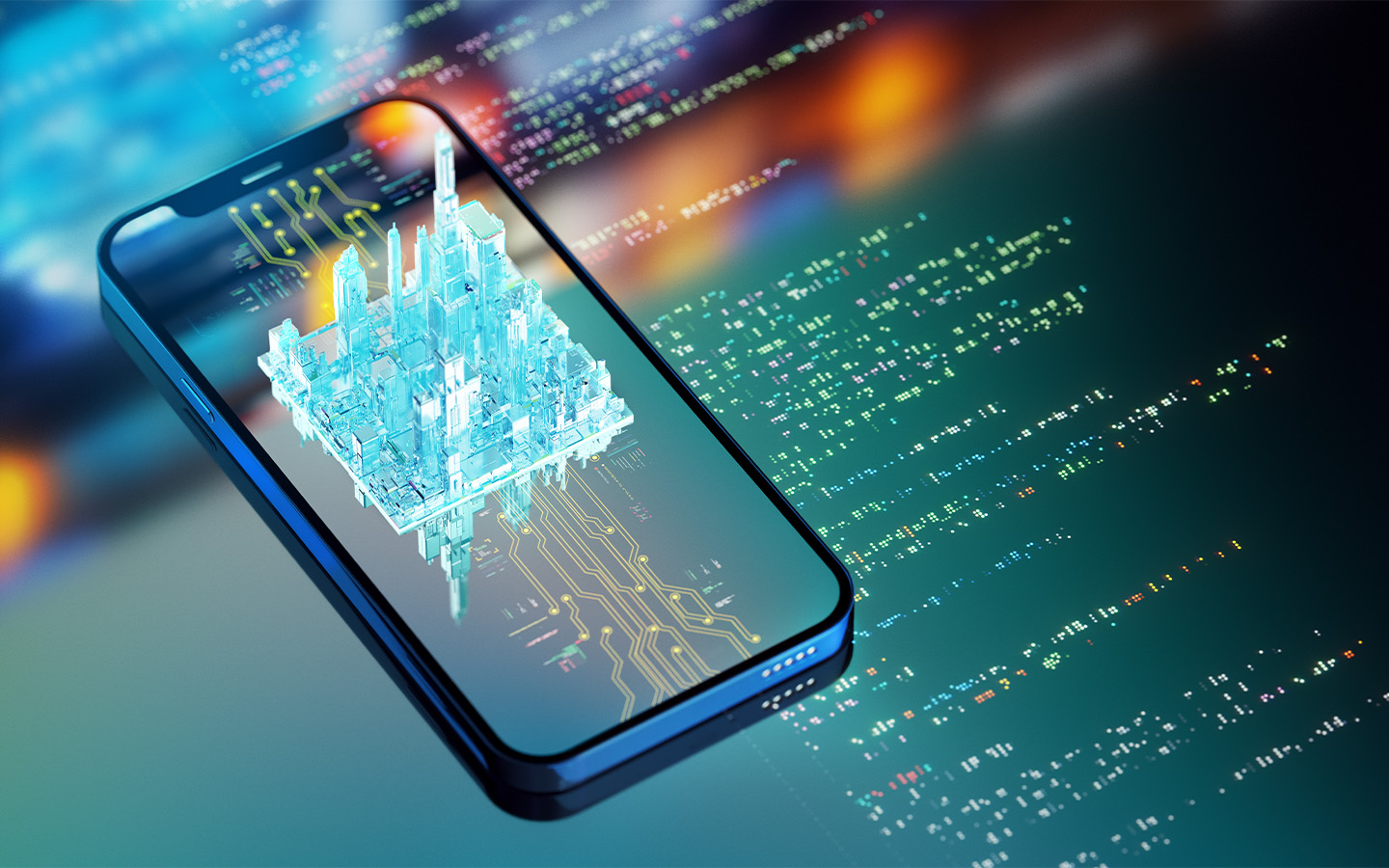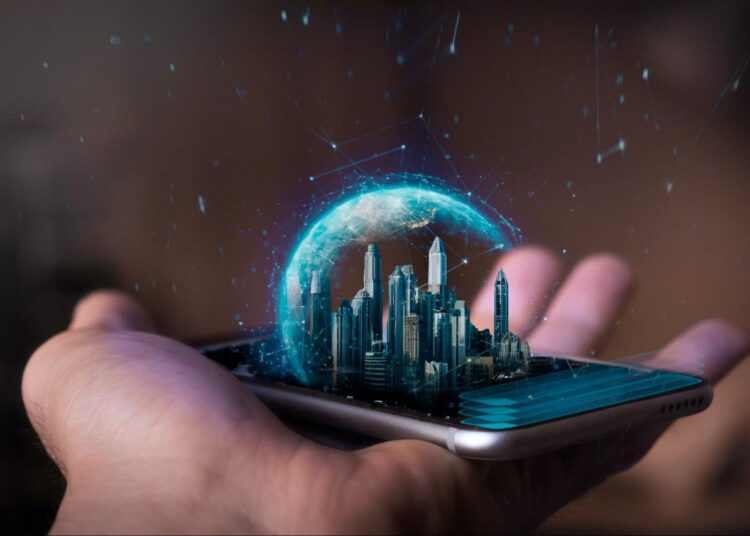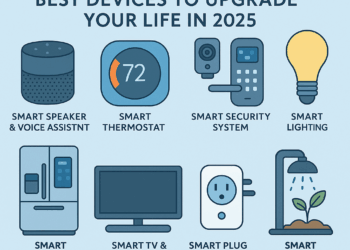Smart cities have remained the priority of all countries globally. As technology has been advancing at a high rate, particularly the Internet of Things (IoT), cities have managed to tap into digital connectivity in trying to improve life in cities. In this article, we outline how IoT has remained at the forefront of making cities smart and how it can be utilized in constructing larger, safer, and sustainable cities.
What is Internet of Things (IoT)?
The Internet of Things (IoT) is the collection of devices that communicate with each other via the internet. IoT devices such as sensors, cameras, and measuring devices for smart cities can capture real-time data to manage and regulate anything in the city, from traffic flow to pollution.
How IoT Enables Smart Cities
IoT is also enabling the development of smarter, more connected cities. Some of the most critical areas where IoT is making an immense impact are as follows:
1. Smart Infrastructure
IoT can facilitate real-time monitoring of the health of a city’s infrastructure, i.e., bridges, roads, and buildings. IoT sensors can identify early signs of wear and tear, reducing maintenance expenses and enhancing safety. Sensors are able to identify cracks on a bridge or road deterioration and allow timely intervention prior to a problem occurring, e.g., to avoid accidents.
2. Traffic and Transport Management
- Smart Traffic Lights: IoT sensors regulate traffic light timings dynamically based on the flow of traffic to reduce congestion and travel time.
- Public Transport: IoT helps to track public transport like buses, trains, and others in real-time and provides real-time arrival information, offering people recommendations to divert.
- Connected Cars: IoT allows cars to be interfaced with the traffic system, alerting drivers to congestion and possible accidents, thus enhancing the overall efficiency and safety of the transport system.

3. Energy Management
- Smart Grids: IoT allows energy consumption and supply to be monitored and distributed through smart grids in a way that the energy is supplied where there is peak demand and wastage is reduced.
- Smart Meters: IoT-based smart meters give real-time feedback regarding the usage of electricity, and thus customers can manage the usage in a more intelligent way and conserve energy.
4. Waste Management
Trash bins with IoT sensors embedded in them can track how full they are, and based on that, garbage collection routes can be planned. This avoids wastage of fuel and allows waste management systems to get optimized.
5. Environmental Monitoring and Air Quality
IoT-driven sensors are capable of monitoring the level of pollution in real time, providing governments with the necessary information to take action when the air quality becomes unacceptable. It enables timely actions and protects the health and wellness of urban inhabitants.
6. Public Safety and Security
- Intelligent Surveillance Systems: IoT-integrated cameras and sensors can cover public areas round the clock and identify suspicious behaviors, enhancing urban safety.
- Disaster Management: In the case of natural disasters like earthquakes or floods, IoT devices can be used to early warning systems wherein the cities can prepare themselves and react accordingly to minimize damage.
7. Medical Services and Healthcare:
IoT facilitates better health care via real-time monitoring of the health of citizens. Hospitals can monitor medical device usage, automate resource management, and provide remote care to patients, enhancing the overall delivery of health care.

8. Citizen Interaction with Smart Applications
IoT-based mobile applications allow citizens to directly interact with city operations. Citizens, for example, can report potholes or streetlights, which increases citizen engagement and city administration.
Advantages of IoT Smart City Development
IoT adoption in smart city development provides numerous advantages such as:
- Operational Efficiency: Cities are able to reduce operational costs and enhance the effectiveness of public services by automating and extracting real-time data.
- Improved Quality of Life: IoT enhances the quality of life of citizens by promoting faster services, improved safety, and increased convenience in everyday city living.
- Sustainability of Environment: IoT keeps cities sustainable through making resource consumption more efficient, reducing carbon footprint, and rendering green projects convenient.
Challenges in Adopting IoT in Smart Cities

While there are plenty of benefits, there are difficulties in adopting IoT in smart cities:
- Data Privacy and Security: The amount of data the IoT devices gather is a cause of concern in data security and privacy issues. Safeguarding the data against misuse is one of the prime concerns.
- Interoperability: The IoT devices and the systems must be able to communicate with one another with minimal difficulty, and for this objective, protocols and communicational models must be standardized.
- Implementation Costs: IoT technologies can be expensive to implement initially, and therefore long-term planning and budgeting has to be undertaken in order to implement it effectively.
The Internet of Things holds the secret to smarter cities, and with it is a wealth of advantages in terms of efficiency, convenience, and sustainability. There may be challenges to overcome, such as privacy concerns over data and integration, but there is too much potential for IoT not to revolutionize urban life. With the right technologies and policies, IoT can make cities smarter, more interconnected, and greener tomorrow.








